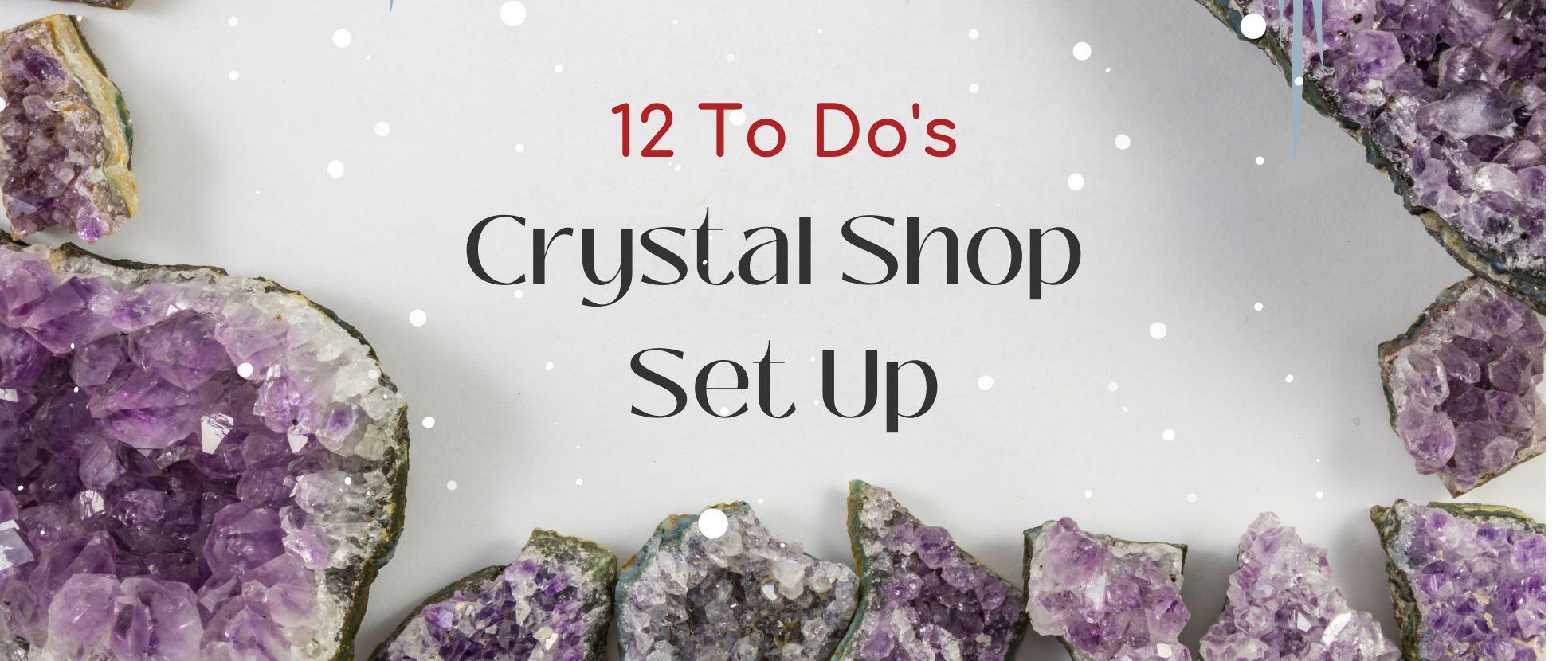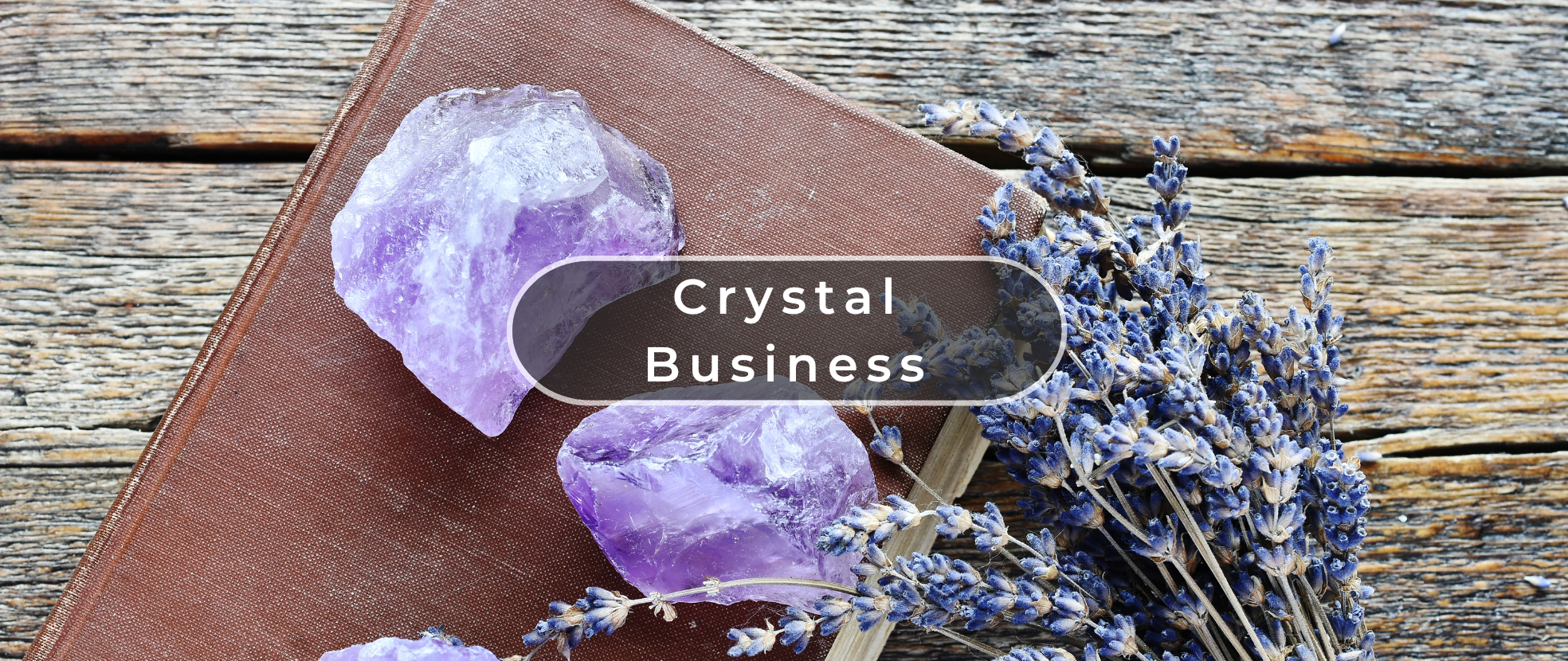Known for its calming pale blue shade, Blue Lace Agate is an old and rare stone popular for its decorative and healing purposes.
Designers tap on Blue Lace Agate's smooth polish and intriguing patterns to create unique and charming necklace, pendant, ring, and bracelet pieces.
This stone is also associated with the throat chakra and is believed to help its user achieve calmness, articulate their thoughts better, and become an effective speaker.
Today, most of the Blue Lace Agate is mined in Namibia. The major mines there are mostly exhausted; lower supply is driving the price of Blue Lace Agate very high. Another name (trade name/as sold as) is Blue Storm Agate, a variation where the bands of white and blue are thinner and fewer.
Read on to learn more about the stone's history and properties.
The Physical Properties of Blue Lace Agate
Blue Lace Agate (SiO2) is a silicate, which means it's made up of silica, oxygen, and one or more other elements. With a Mohs hardness rating of 6.5 to 7, it is considered durable and can scratch a glass surface easily.
This stone is a form of chalcedony (a microcrystalline type of quartz), hence its glassy appearance. Blue Lace Agate is composed of microscopic crystals. Not to be confused with other Agate variations namely moss agate, fire agate, and dendritic agate which possess different colours and patterns.
Blue Lace Agate's intricate swirl and loop patterns are caused by the presence of the minerals iron, manganese, nickel, titanium, and others. Agates are usually small and round in shape. Some varieties can weigh several pounds and measure many inches in diameter.
Thinking of designing jewelry with it? Blue Lace Agate always looks stunning when paired with pastel-coloured gemstones and sterling silver. When handpicking your stone, judge by its colour and clarity. Make sure it's crystal clear and doesn't have noticeable cracks or scratches.
The History of Blue Lace Agate
It is believed that the Greek philosopher Theophrastus called the stone Agate because he found it in the Achates River (now renamed to Dirillo River) in Sicily, Italy. However, Blue Lace Agate was discovered in Namibia in southwest Africa. Some have also been found in Brazil, China, India, and the United States.
Agates are among the most valued gemstones in history due to their medicinal and talismanic properties. The early use of these stones traces back to the Neolithic Era (9,000 B.C. and 3,000 B.C.). Agate gemstones were used as amulets of healing throughout the ancient Greek and Egyptian civilizations.
Agate gemstones are also used as symbols of power. In ancient Mesopotamia, Agates were engraved with seals to signify that its wearer is a person of wealth and authority.
Besides its symbolic use, ancient Romans used agate to create mortar and pestles for grinding their medicines.
As a birthstone, agate is associated with the months of May, June, and September. As a gemstone, it is associated with the Zodiac signs Gemini and Capricorn.
The Lore of Blue Lace Agate
Blue Lace Agate is also called the throat chakra stone. People who believe in the stone's healing properties claim that it helps clarify thoughts, articulate ideas, and facilitate clear communication with and understanding of others.
This stone is also believed to help those pursuing a spiritual path to freely express their spiritual truth without fear of judgment. It connects a person’s thoughts and spiritual vibration to develop a deep inner peace.
It's a common practice to put Blue Lace Agate close to nature to enhance their healing qualities. You can place it under the moonlight to energize it. Other ways to stimulate it is through incense or sage smoke, putting it under rice, or burying it in the earth overnight.
The Metaphysical Properties of Blue Lace Agate
Blue Lace Agate's circular banding emanates a calm energy. People take to wearing the stone to relieve their anger, anxiety, frustration, and other overpowering emotions. The stone is also called a stone of communication which assists people to speak in a clear and confident manner.
This is why people wear jewelry adorned with the Blue Lace Agate or put a stone in their pocket when they need to speak in public. Other speakers swear by Blue Lace Agate's calming energy in ensuring the words that come out of their mouth are clear, direct, and not hurtful against others.
Note: There is no scientific evidence that supports the effectiveness of mineral stones and crystals in treating ailments. Scientists attribute the healing impact to the placebo effect that takes place when using stones and crystals. Holding stones and meditating with them is said to trigger the release of feel-good hormones (endorphins and dopamine) in the brain.
Sources:
Gem Notes: Gemstone Information. Fire Mountain Gems and Beads. Retrieved February 8, 2021, from https://www.firemountaingems.com/resources/encyclobeadia/gem-notes/gmstnprprtsbllc#:~:text=Blue%20Lace%20Agate%20History&text=It%20is%20believed%20these%20stones,of%20present%20day%20Sicily%2C%20Italy.
Crystal Life Technology, Inc. Blue Lace Agate. Crystal Life. Retrieved February 8, 2021, from https://www.crystal-life.com/blue-lace-agate/
Agate Value, Price, and Jewelry Information. International Gem Society. Retrieved February 8, 2021, from https://www.gemsociety.org/article/agate-gem-information/
Blue Lace Agate. Bulk Gemstones. Retrieved February 8, 2021, from https://www.bulkgemstones.com/information-about-blue-lace-agate/
The Mohs Hardness Scale. The Rock Shed. Retrieved February 9, 2021, from https://therockshed.com/hardnessscale.html
Gray, F. L. Engraved Gems: A Historical Perspective. Gia.edu.doc. Retrieved February 9, 2021, from https://www.gia.edu/doc/Engraved-Gems-A-Historical-Perspective.pdf
Marshall, L. Can Crystals Heal? Separating Facets from Facts. Webmd.com. Retrieved February 11, 2021, from https://www.webmd.com/balance/news/20180116/can-crystals-heal-separating-facets-from-facts




